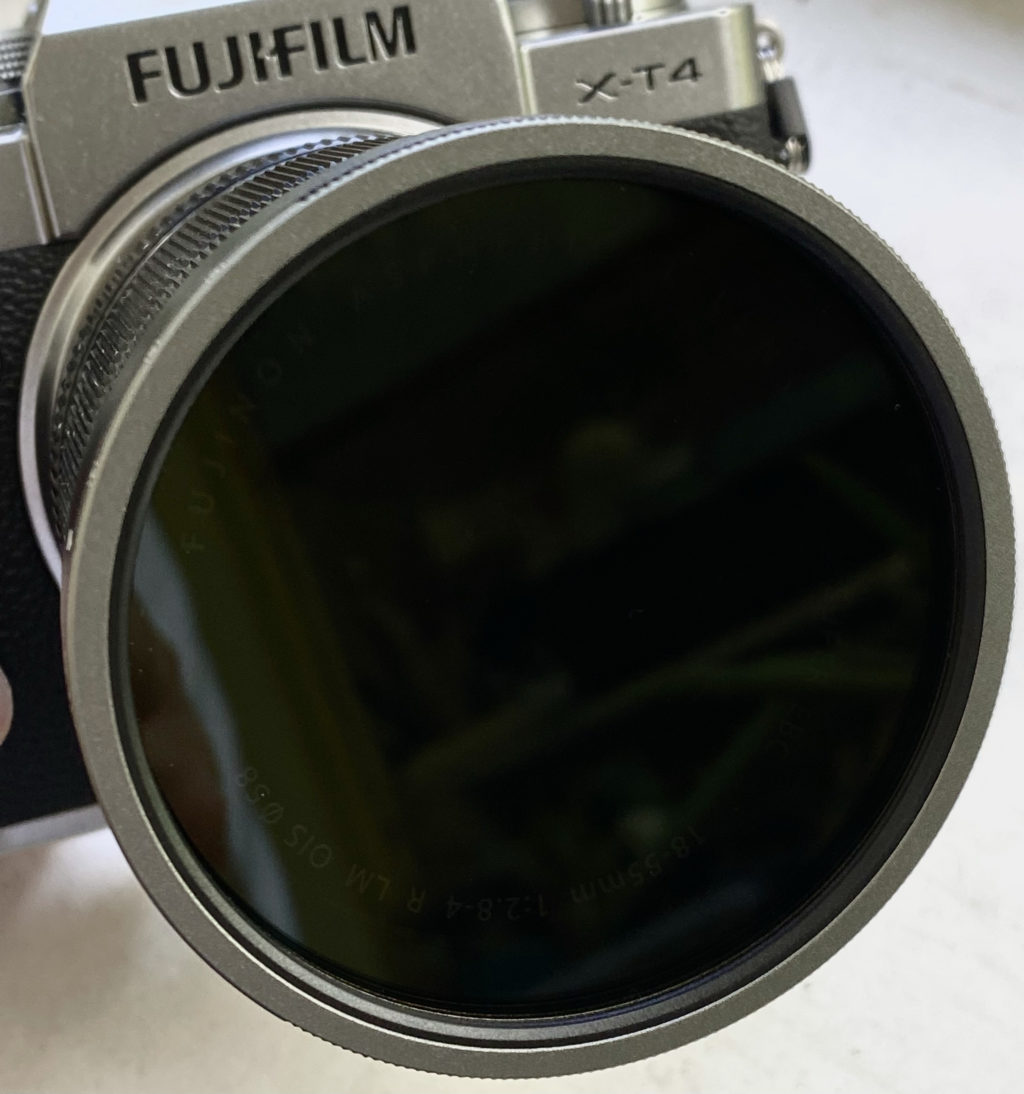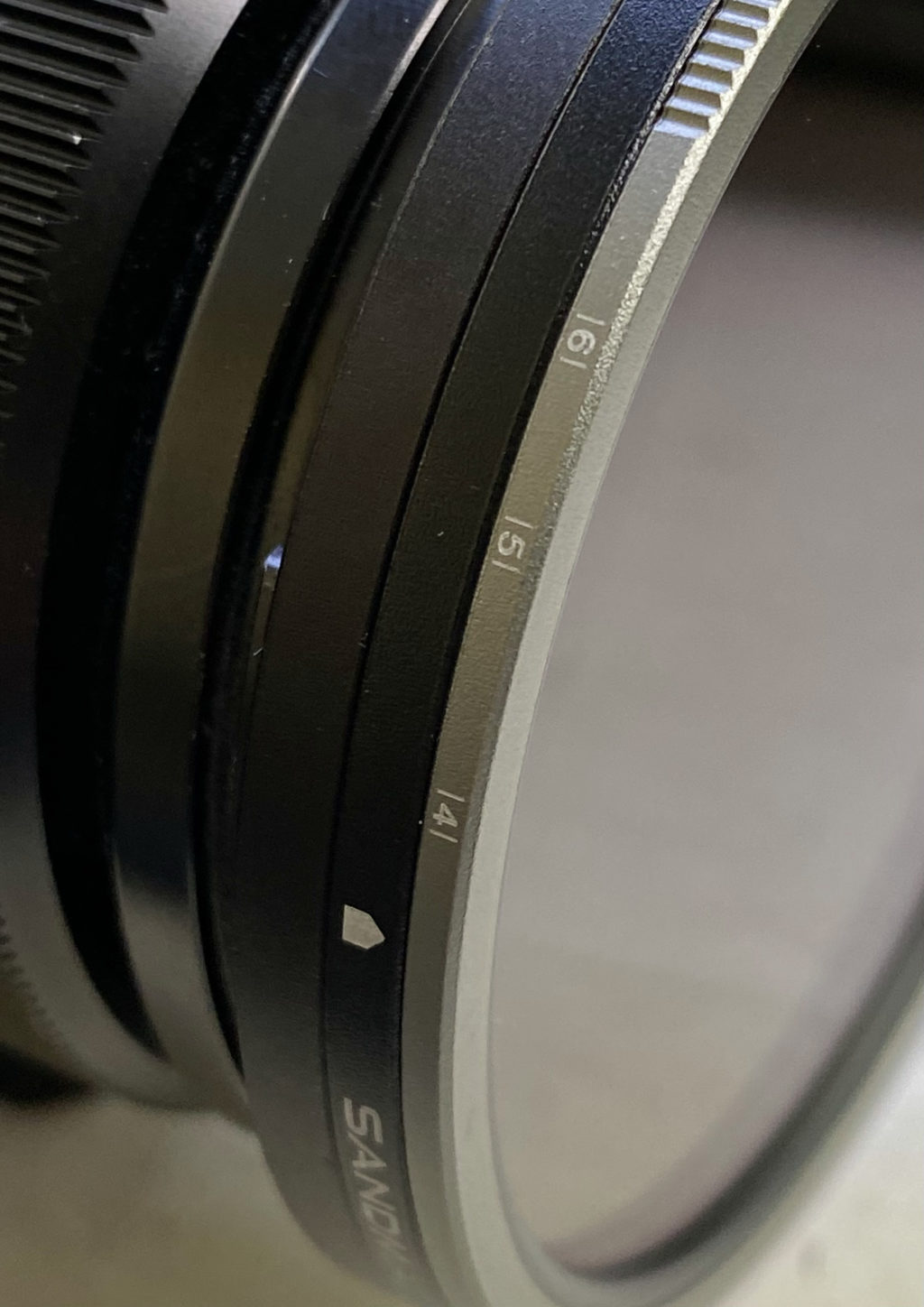We like Sandmarc stuff here at Light Stalking. They have sent us a few items to review, predominately for smartphone photography. However, the latest piece of kit that has dropped through the letterbox, has a much wider appeal than smartphone photographers.
In fact it is a rare piece of kit that should appeal to anyone who shoots stills or video using a CSC or DSLR Camera. So what is this mystery item? It’s a variable ND filter, the Motion Pro, to be precise.
As with all our reviews, we do not allow the manufacturer to see the article before publication and they do not have any say in what we write. Sandmarc have provided this filter cost free for this review.

Why Do I Need A Variable ND?
If you have ever used traditional neutral density filters, you will know they are incredibly precise. They cut the light by one, two, three, six or ten stops. That’s not a huge issue as a photographer, but it can be if you are shooting video.
The reason for this, is that in video you are constantly trying to maintain an exact shutter speed and aperture. The shutter speed needs to be locked to the 180 degree rule, and changing apertures between shots can change the way your footage looks.
A variable neutral does exactly what its name suggests. You twist the front element of the filter in much the same way as a polariser. As you do so, the filter becomes darker by a variable degree.
Some variable ND filters can block out anywhere between 1 and 10 stops however, like with many things, the more filtration you try to add in, the greater the chance for color shift and image degradation. This often manifests itself in banding in the sky, particularly when using wide angle lenses.
So how does the Sandmarc stack up in this?


The Motion Pro Specs and Build Quality.
The Motion Pro Variable ND, has a relatively limited stop range. This is from 3 to 6 stops and in fact is not a bad thing. As mentioned, the more light stopping you try to squeeze into a filter, the more chance there is for image issues.
For both photography and video creation, 3-6 stops is an ideal range. In photography, it allows you to get your shutter speeds down to nice, slow levels, ideal for ethereal looking water or clouds. It’s perfect for the blue hour when light levels can still be a little too high for ultra slow shutter speeds.

For video shooters, 3-6 stops is often the amount of light reduction required to get the shutter speed down according to the 180 degree shutter rule. A film maker shooting in 24 frames per second would required a shutter speed of 1/48th of a second. As you might imagine, this can be difficult to achieve in bright light, even when stopping down the lens to minimum aperture.
Stopping down can also cause issues such as diffraction. Being able to reduce the light reaching the sensor by up to six stops, allows videographers to maintain the relatively slow shutter speeds they require.
Build Quality of the Sandmarc Motion Pro Variable ND Filter
In terms of build quality, Sandmarc products have always been well designed and using premium materials. The Motion Pro filter is not different. As with a polarising filter, there are two rings. The back, fixed ring that screws into the camera and the front ring that rotates to vary the light levels.
The both rings feels like they are made from aluminium and the front ring has is coloured grey, a useful visual reference for turning the filter ring. Both feel solid and yet lightweight. The overall depth of the filter is impressively thin. This is important as thicker filters can cause vignetting when used on wide angle lenses.
The rotation is very smooth, with an almost fluid feel. There are two areas of knurling on the outer ring that allow you to maintain a good grip on the filter. There is also a handy guide on the outer ring showing you how many stops of density you have added. Interestingly the distance between 3 and 4 stops is significantly higher than between 4,5 and 6 stops. I first noticed this when shooting as other ND filters tend to require less throw to shift the density. This, however is not a bad thing as it does give you very fine control over the filtration.
The Motion Pro's Image Quality
I tested the Motion Pro in both video and stills using my Fuji X-T4. In stills mode, I shot with a preset white balance in RAW. This would enable me to see any colour shifts as the filter density increased.
I shot using manual exposure both maintaining the same exposure and varying the exposure as I dialled in more neutral density. In both cases there was no perceptible colour shift in the RAW files. I shot using both telephoto and reasonably wide angle, the Fuji 14mm (21mm equivalent). There was no visible banding in the sky or apparent cross vignetting, an issue common in cheaper variable ND filters.
I used similar techniques for shooting video, with a preset white balance and shooting in F-Log, a flat colour profile. Here, the variable control allowed me to maintain a steady 1/48th shutter speed and closely tweak the exposure to my exact requirements. Again there was no perceptible colour shifts under several different light levels. This is particularly important in video, where colour correction is not as easy as in RAW stills.
Overall I was impressed with the Motion Pro image quality for both video and stills.

Variable ND filters have become a very useful tools for both stills and video shooters. Cheaper ones can has image degradation issues but the Sandmarc Motion Pro uses cinema grade glass in an aluminium frame. At $160 it is very much in the premium market for filters but if you are a hybrid, stills video shooter that needs fine control over exposure and colour, then the Motion Pro would be a good investment.
You can see more at the manufacturer's site here.




